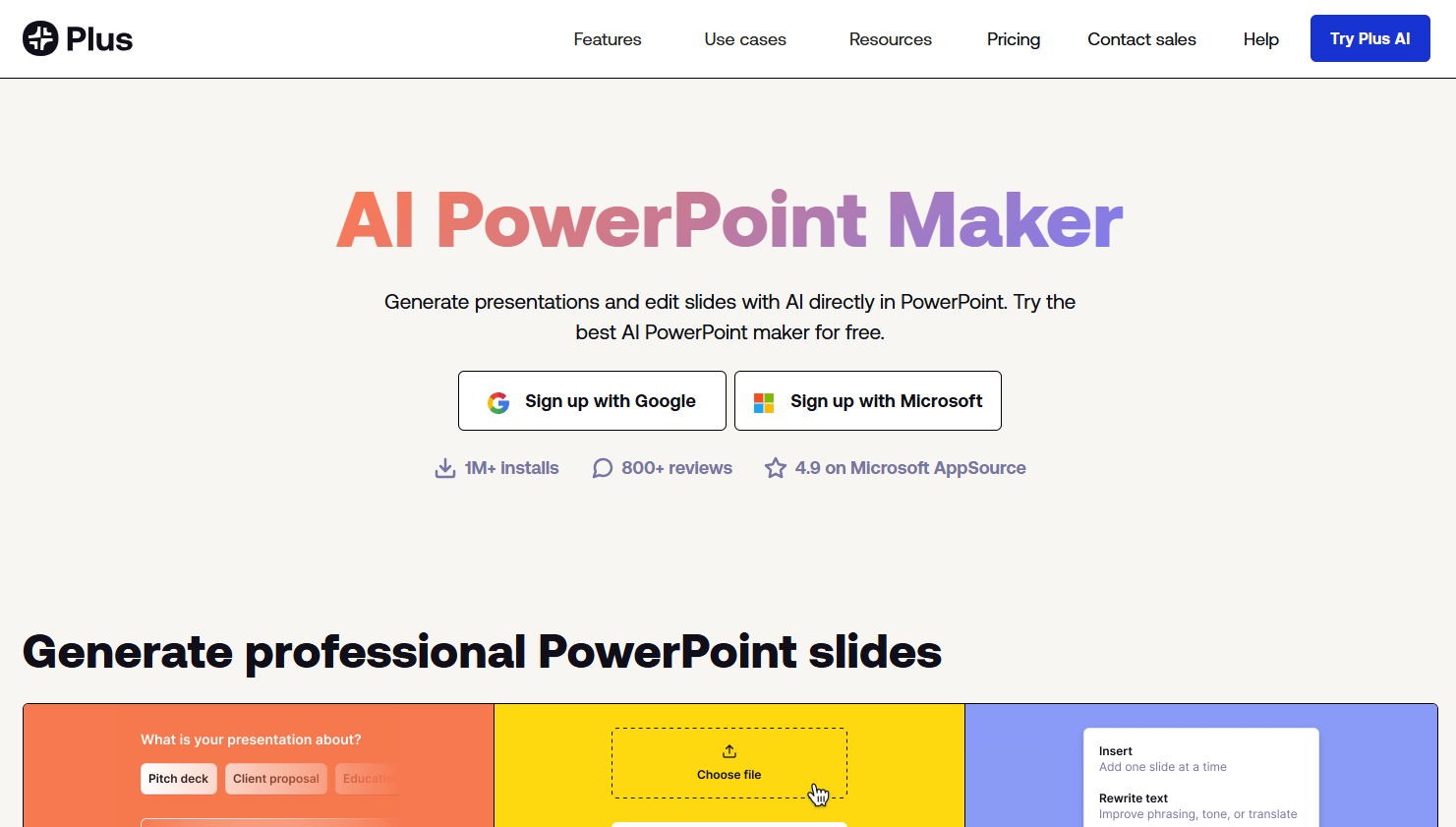Navigating the AI Productivity Landscape: 5 Tools Changing the Way We Work
The rise of AI productivity tools has dramatically shifted how we approach writing, research, ideation, and communication. With so many platforms offering intelligent content generation and automation features, it’s essential to evaluate them through the lens of real user needs—speed, accuracy, adaptability, and contextual understanding.
Here’s a closer look at five prominent platforms redefining AI-powered work: from intelligent writing systems to context-aware assistants. If you’re exploring tools to streamline your workflow, this list offers a diverse yet focused comparison.
1. Fluxx AI
Features
Fluxx AI is an advanced image editor powered by the FLUX.1 model. With Flux Kontext, it enables intelligent local edits, consistent characters, and style transfer across images—perfect for creators who value precision and speed.
- Built on the powerful FLUX.1 model.
- Enables intelligent local edits with precise control.
- Offers advanced style transfer across multiple images.
- Maintains character consistency across edits and variations.
Advantages:
Fluxx AI’s signature model, Flux Kontext, introduces a game-changing layer of contextual awareness. This means the AI not only understands the image but adapts intelligently when modifying elements—preserving coherence between characters, lighting, and artistic tone. It’s ideal for creators who demand polish without sacrificing speed.
2. Flux AI
Features
Flux AI leans more toward developers and data scientists, offering tools for building machine learning models visually. It’s a platform that bridges no-code accessibility with advanced AI prototyping.
- Drag-and-drop ML pipeline editor
- Real-time collaboration on AI models
- Model version control
- Integration with datasets and Jupyter Notebooks
- AI model sharing and export tools
Advantage
For those developing or deploying custom AI workflows, Flux AI offers a visual-first environment to accelerate experimentation. However, its strength lies in model development rather than content generation or productivity-focused tasks.
3. Flux Kontext
Features
Flux Kontext operates as a standalone AI context engine, designed to be embedded into apps or platforms to enhance AI interactions with memory and relevance awareness.
- Persistent session memory
- Contextual tracking of topics, tone, and themes
- Customizable contextual APIs
- Real-time summary and prompt rephrasing
- Supports personalized interaction in multi-step workflows
Advantage
Tools that lack memory can produce fragmented results. Flux Kontext solves this by maintaining conversational and thematic context, making AI output feel smarter and more human. It’s especially useful when embedded into platforms like Fluxx AI, enriching user experience with continuity and depth.
4. FreeFlux AI
Features
As a lighter offering, FreeFlux AI provides access to basic AI writing features without cost. It’s a great tool for users new to AI or looking for a minimalist interface.
- Short-form generation (emails, social media posts)
- Limited prompt templates
- Quick headline suggestions and idea expansion
- Export-ready text outputs
- No account needed for most tasks
Advantage
Its simplicity is its strength—FreeFlux AI offers users the opportunity to try basic AI writing tools without investment. However, the lack of contextual intelligence or deep memory limits its application in long-term projects or content series.
5. FAL AI
Features
FAL AI focuses on AI image and content generation, with a developer-friendly API. Its utility spans creative industries, where visual content or design automation is crucial.
- Text-to-image generation
- API access for AI deployment
- Fast generation of design prototypes
- Integration with third-party design tools
- Supports real-time testing and feedback
Advantage
For developers or designers looking to embed generative AI into their workflows, FAL AI provides a flexible, visual-first toolkit. That said, it caters more to visual generation than structured textual content, and lacks the contextual layer found in tools like Fluxx AI.
6. PlusAI

Features
- Turns text prompts or outlines into full slide decks
- Auto-generates layouts with clean, professional themes
- Enhances clarity and structure with AI-powered formatting
- Supports export to PowerPoint (.pptx)
- Saves time on design without sacrificing quality
Advantages:
Final Thoughts: Matching the Right Tool to the Right Task
Each of these platforms brings something valuable to the table. If your needs lean toward coding, data, or design, tools like Flux AI or FAL AI may be ideal. But for writers, content teams, strategists, and researchers who need more than surface-level output, Fluxx AI offers a richer experience.
Its intelligent features, powered by Flux Kontext, make it more than just another AI writing tool—it’s a context-aware assistant capable of maintaining logic, tone, and thematic consistency across projects.
In a crowded market of AI utilities, context is no longer optional—it’s essential. And in that arena, Fluxx AI sets a quiet but meaningful standard.

Leave a Reply